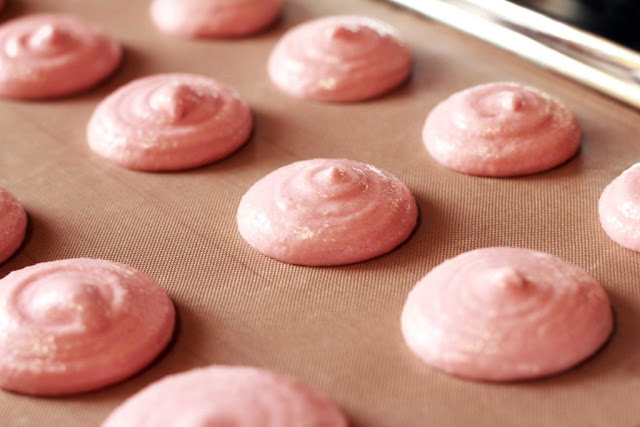If you’re vegan or have ever tried cooking and especially baking without eggs, you know it’s a challenge. Which is why the promise of an egg substitute that’s entirely plant-based is blowing up the vegan internet. What is this magic ingredient that acts as the binding agent so many recipes need? It’s called aquafaba, and it’s actually the cooking liquid of beans or the liquid found in canned beans.
Apparently the consistency of the liquid resembles egg white, and can even be whipped into a fluffy meringue or used in baking decadent brownies. While you can use any type of bean liquid, vegan chefs find the liquid from low-sodium chickpeas work best in recipes. Food scientists haven’t quite figured out how aquafaba works as an egg substitute yet, but it likely has something to do with way the proteins and starches in aquafaba mimic the proteins in egg whites.
Bartenders are using aquafaba to create delicious creams and drink toppings. Vegans can now make meringues, macaroons, fudge, cakes, cookies and yes, finally a tasty mayo for sammies.
Wondering if your meringues or baked goods will smell like chick peas? No worries, the aroma disappears when aquafaba is whipped up or cooked. Same goes for taste—there is no residual garbanzo flavor.
If you’re not ready to try a recipe, but want to experiment and get the feel of working with aquafaba, start by whisking a couple of tablespoons of aquafaba and adding it to pancake batter to make them extra fluffy. There are plenty of vegan recipes online, but if you want to try it in some of your own favorite recipes, here is a egg substitution guide from Lauren Feingold, certified chef and co-founder of the Shanti Bar.
1 tablespoon aquafaba = 1 egg yolk
2 tablespoons aquafaba = 1 egg white
3 tablespoons aquafaba = 1 whole egg
Ready to try your hand at meringues? Try Lauren’s favorite recipe below:
Aquafaba Meringues (makes about 40)
Ingredients
1 15-ounce can of low-sodium or no-salt added chickpeas at room temperature
2/3 cup of coconut crystals (regular sugar is highly processed)
2 teaspoons almond extract
Preparation
Heat oven to 250 degrees. Line two baking sheets with parchment paper. Drain the chickpeas, reserving the bean liquid (aquafaba). Save chickpeas for another use. Pour the aquafaba into the bowl of a standing mixer. Beat on high speed with the whisk attachment until stiff peaks form, about 15 minutes. Add the crystals, one heaping tablespoon at a time, and whisk until the mixture is glossy, then add the almond extract. Use a tablespoon to scoop the aquafaba mixture into mounds on the baking sheets. Bake for 1 1/2 to 2 hours, or until the meringues are dry and firm to the touch. Let meringues cool before serving. Meringues will keep in an airtight container for two to three days.
A little insider tip about meringues: It’s all in the whisk, so having a standing mixer or hand-held mixer with a whisk attachment is essential. (The beaters on a regular mixer move too quickly and allow the foam to set up, deflating the foam as fast as it creates it.) It takes a bit of time but the result will be sweet and crispy treats that you won’t be able to stop popping in your mouth.
Ready for more vegan cuisine? These tasty vegan breakfast ideas show that vegan eating is easier—and more delicious—than you might think.

